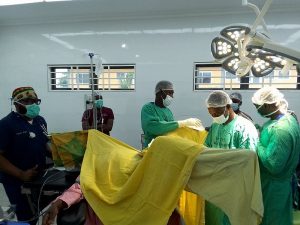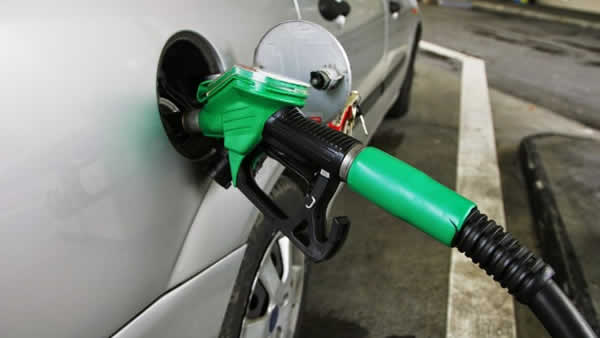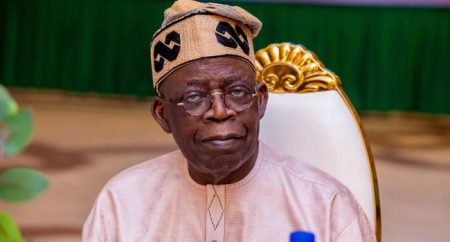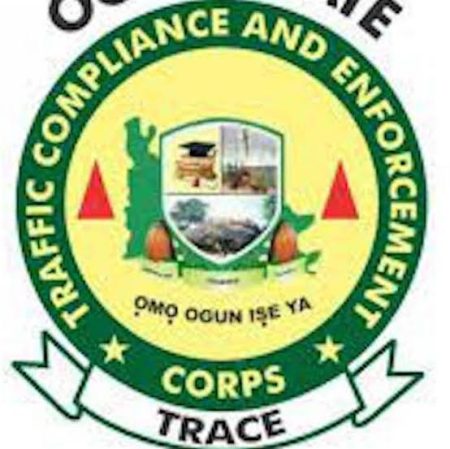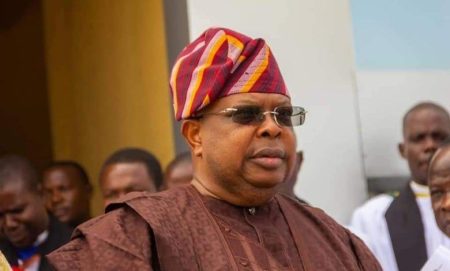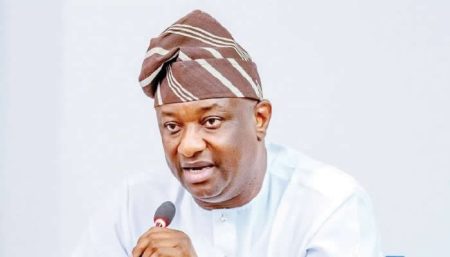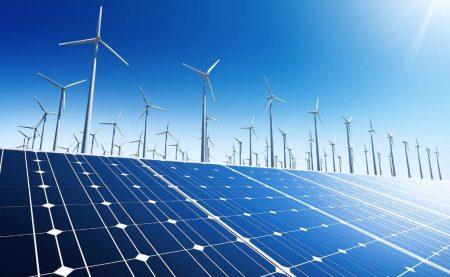The Nigerian petroleum market experienced a substantial surge in petrol prices during April 2025, reaching an average of N1,239.33 per litre, marking a significant 76.73% year-on-year increase from N701.24 in April 2024. This escalation, as reported by the National Bureau of Statistics (NBS), underscores the persistent volatility within the downstream sector following the removal of fuel subsidies, a policy shift intended to liberalize the market but which has led to increased price fluctuations. While this April 2025 figure represents a slight 1.77% decrease from the March 2025 average of N1,261.65, the overall trend indicates sustained high prices, impacting consumers and the broader economy.
A closer examination of regional variations reveals a significant price disparity across states. Imo State recorded the highest average price at N1,588.50 per litre, followed by Jigawa and Sokoto at N1,567.84 and N1,550.00, respectively. Conversely, Yobe State offered the lowest average price at N970.00 per litre, with Kwara and Osun following at N1,014.85 and N1,042.49. This wide range highlights the geographical inconsistencies in fuel pricing, potentially influenced by factors such as transportation costs, local market dynamics, and the accessibility of distribution networks.
Analyzing the data by geopolitical zones further reveals regional price discrepancies. The South-East region bore the highest average petrol price at N1,341.71 per litre, while the South-West experienced the lowest at N1,138.64. The North-West, North-Central, South-South, and North-East regions recorded average prices of N1,325.90, N1,242.94, N1,222.54, and N1,166.27, respectively. These regional variations further underscore the complexities of the Nigerian fuel market, with differing levels of competition, distribution efficiency, and local market conditions contributing to the price disparities.
Despite interventions aimed at stabilizing fuel prices, the market continues to exhibit volatility. The Dangote Refinery, a significant new entrant to the downstream sector, implemented a price reduction in mid-April, setting its ex-depot price at N835 per litre. Similarly, the Nigerian National Petroleum Company Limited (NNPCL) adjusted its prices downwards, selling petrol at approximately N910 per litre in Abuja. These price adjustments, while welcomed, have not yet fully translated into consistent and widespread price reductions at the pump, indicating the ongoing challenges in managing fuel price stability within the deregulated market.
The ripple effects of these fluctuating fuel prices are evident in the broader economic context. The Central Bank of Nigeria’s April 2025 Inflation Expectation Survey highlighted energy prices, including petrol, as the primary driver of inflationary concerns, with 91% of respondents identifying it as a major issue. This widespread perception reflects the direct impact of fuel costs on consumer prices across various sectors. The survey further revealed that transportation costs, a direct consequence of higher fuel prices, were the third most cited inflation driver, with 86.7% of respondents expressing concern about rising travel and logistics expenses.
The sustained high petrol prices, coupled with fluctuating trends, pose significant challenges for Nigerian consumers and businesses. The increased cost of transportation affects the prices of goods and services, contributing to inflationary pressures and reducing purchasing power. The volatility also creates uncertainty for businesses, making planning and investment decisions more difficult. The ongoing efforts by local refiners and the NNPCL to stabilize prices are crucial, but the market’s continued instability underscores the need for further measures to ensure a more predictable and affordable fuel supply for the Nigerian economy. The government’s commitment to a deregulated market requires continuous monitoring, regulatory oversight, and potential interventions to mitigate the impact of price volatility on citizens and the economy.




